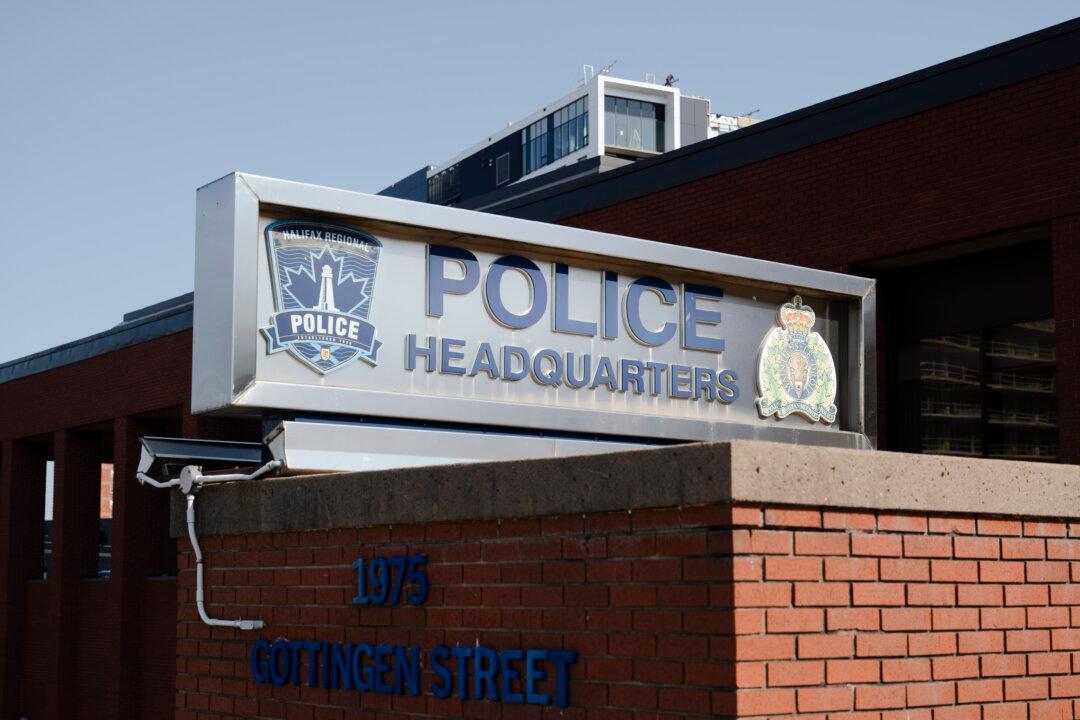Ontario’s Progressive Conservatives released an election platform on Feb. 24 containing $40 billion in promises, including a $5 billion Protect Ontario Account aimed at responding to U.S. tariffs.
A big part of that is the Protect Ontario Account, which the party describes as a bid to help “large-scale industrial job creators” tackle operational and supply chain challenges as well as restructure and re-tool to find new customers and keep workers employed.
Like Ford’s election campaign, the platform focuses heavily on “protecting” the province from Trump’s threatened tariffs, which could come soon after Ontario’s Feb. 27 election. Trump has promised to levy 25 percent tariffs on Canadian goods if he is not satisfied with Canada’s efforts on border security. Trump has also separately promised to implement tariffs on steel and aluminum imports on March 4.
Ford fielded questions from reporters about the platform, which is not fully costed, during a Feb. 24 campaign stop in Toronto. He described his party as “prudent fiscal managers” when questioned about voters’ right to know the numbers behind his plan.
The platform also pledges to get rid of the minimum retail price for liquor. Currently, minimum prices for spirits differ based on volume and alcohol content and are indexed to inflation.
Ford described the move during the press conference as an affordability measure, adding that minimum pricing is not a common practice across the country.
Other newly announced promises are $705 million to expand STEM and skilled trades training capacity at post-secondary institutions, and $50 million to support modular housing technology.
The platform contains many of the promises Ford has made on the campaign trail, including his plan to build a tunnel under Highway 401. The tunnel has yet to be costed, Ford has said, because the feasibility studies are not yet complete.
The plan includes Ford’s earlier $1.8 billion pledge to connect an additional two million people to a publicly funded family doctor or primary care team by 2029 and a promise to invest $50 billion in more than 50 hospital construction or expansion projects.
The platform includes a $1.3 billion investment in building and expanding schools as well as a pledge to invest $300 million to expand the Ontario Made Manufacturing Investment Tax Credit.
Other promises include support of the electric vehicle and battery auto pact, shoring up Ontario’s border with the United States, and cracking down on gun and drug smuggling.
NDP Platform
The NDP platform outlines a plan for $70 billion in new expenditures over the next three years, alongside $37 billion in additional revenue and savings, which will feature tax hikes for higher income brackets.The party projects that new tax brackets for individuals earning $300,000, $400,000, and $500,000 each year would generate approximately $3 billion annually.
Raising the taxable capital gains rate from 50 percent to 80 percent could generate approximately $3.5 billion annually, the party said. It also plans to hike the provincial land transfer tax on properties purchased for $3 million or more to yield an additional $33 million each year.
NDP Leader Marit Stiles had already shared his party’s key promises prior to the official platform launch, which included a monthly grocery rebate costing $11 billion over three years and a commitment to connect all Ontario residents with a family doctor as part of the $10.5 billion the party allocated for health care over the same timeframe.
She has also promised to establish a public builder responsible for the development of 300,000 affordable homes at a cost of $7.5 billion and a universal school food program which would come out of the $12.8 billion allotted to education over a three-year period.
Liberal Platform
The Liberal platform pledges to introduce $65 billion in new spending over the next four years while identifying more than $28 billion “in efficiencies.” The party has said no new taxes or tax increases are planned.Leader Bonnie Crombie has placed much of the party’s focus on health care, vowing to link every Ontarian to a family doctor at a cost of $29 billion over four years.
The platform also includes a home building initiative, responding to U.S, tariffs, and implementing tax cuts at a cost of $26 billion over four years. A specific cost breakdown was not provided.
Green Platform
The Green Party was the first to release its platform. The Feb. 12 document promises to build 250,000 affordable rental units and 60,000 supportive homes over 10 years, costing $2.7 billion over the next four years.The party has also promised to cut income taxes for individuals earning less than $65,000 and families bringing in less than $100,000 per year at a cost of $18.8 billion over four years. Leader Mike Schreiner has said the measure would save a middle income worker up to $1,700 a year.
The Greens said implementing a 3 percent tax increase for individuals in the highest income bracket would help pay for the promised tax break for lower income workers, bringing in $2.5 billion a year in new revenue.
The party also plans to increase the minimum wage to $20 and index it to inflation each year if elected.







